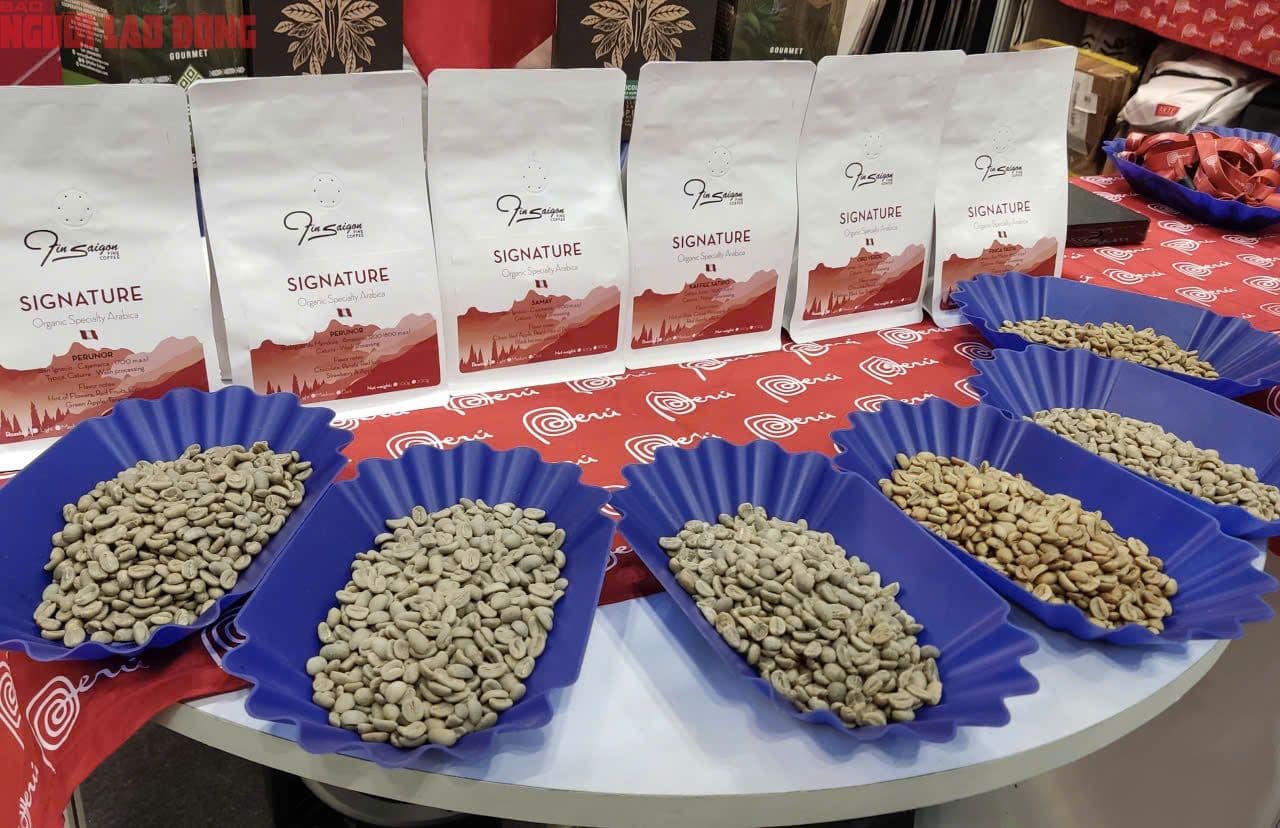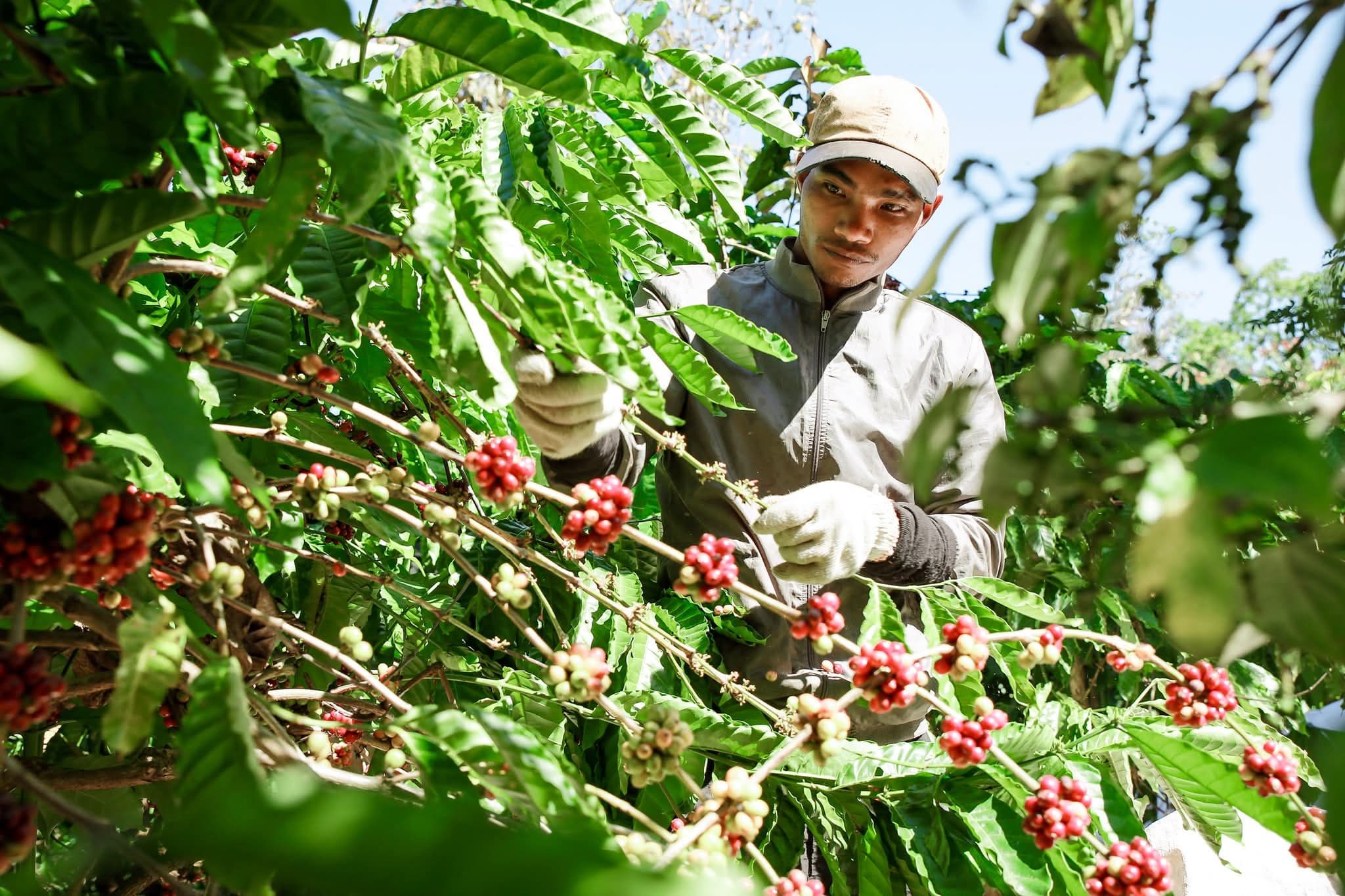Brewing a New Reality: The Unseen Forces Behind Coffee's Historic Climb
Explore the dramatic 40% surge in coffee prices, unveiling global supply shifts, Vietnam's pivotal role, and the long-term implications for growers, roasters, and your morning brew.
The Market's Fiery Ascent: A Glimpse at Current Dynamics
The global coffee market is currently experiencing an extraordinary surge, with prices reaching levels that have investors and consumers alike taking notice. Just yesterday, August 22, 2025, on the saw increases between 2.41% and 3.47%, while on the climbed an impressive 2.95% to 4.16%. These aren't isolated jumps; the market has collectively added a staggering 500 USD per ton in just the last three sessions. The benchmark November 2025 robusta contract alone rose 119 USD to hit 4,520 USD per ton. Even more dramatically, arabica for December 2025 delivery surged 250 USD to 8,050 USD per ton. This 'coffee fever' has seen prices rocket by 40% in a single month, with domestic prices projected to breach 123,000 VND per kilogram, up from 88,300 VND per kilogram a month prior. Such rapid escalation suggests a market in full swing, prompting us to look deeper into the forces at play.
Unearthing the Roots: Why the 'Coffee Fever' Has Returned
What's fueling this dramatic resurgence in coffee prices, especially after a period where talks of abundant supply had somewhat cooled the market? The answer lies in a confluence of factors, both immediate and forward-looking, that are tightening global supply expectations. Investors, for instance, are clearly betting on long-term scarcity, as evidenced by the May 2026 robusta contract adding 143 USD per ton. A significant concern revolves around , with reports of threatening to reduce the next coffee crop from a major producer. Beyond the fields, the intricate web of global trade is also playing a critical role. Increasing tariff and non-tariff barriers are making the movement of coffee across borders more difficult and costly, effectively constricting the flow of beans to market. These intertwined issues are creating a perfect storm, pushing prices upward as the market grapples with the prospect of sustained supply deficits.

Vietnam's Pivotal Roasting: From Quantity to Unprecedented Value
Amidst the global price upheaval, , a powerhouse in robusta production, is demonstrating a remarkable strategic shift. Historically, the country's annual coffee exports hovered around 3 billion USD. However, the first ten months of the 2024-2025 crop year tell a different story: exported approximately 1.35 million tons of coffee, generating an astounding 7.5 billion USD. What's truly striking is that this nearly threefold increase in value came despite a slight 1.1% decrease in export volume compared to the previous year. This translates to an average export price of 5,550 USD per ton, including value-added products like roasted and instant coffee – the highest on record. This data signals a clear pivot from a volume-driven export strategy to one focused on maximizing value. As prepares for its new harvest in about a month, with favorable weather promising a good crop, this emphasis on value over sheer quantity positions the nation as a leader in a re-calibrating global coffee economy.
Beyond the Surge: Navigating Coffee's Volatile Future and Sustainability
The current 'coffee fever' raises a crucial question: is this a temporary spike, or are we witnessing a fundamental re-calibration of the global coffee economy? The sustained interest in long-term contracts, like the May 2026 robusta, suggests that many believe the underlying supply issues, driven by and trade complexities, are here to stay. This inherent volatility demands a closer look at the future for all stakeholders. For producers, higher prices offer a much-needed lifeline, potentially enabling investments in more resilient farming practices and better livelihoods. However, the unpredictable nature of these surges also poses risks. Consumers, meanwhile, face the reality of consistently more expensive coffee, prompting a potential shift in consumption habits. Crucially, the environmental impact of coffee production, often overlooked in price discussions, must be integrated into any long-term strategy. As countries like demonstrate, a move towards higher-value products can offer a path to greater stability and sustainability, fostering a more equitable and environmentally conscious coffee ecosystem for generations to come.
Related Articles

The Golden Bean Rush: Asia's Ascent and the Rewriting of Global Coffee Prices

The Golden Bean Rush: Asia's Ascent and the Rewriting of Global Coffee Prices

Coffee's August Surge: Decoding the Market's Unpredictable Brew

Coffee's August Surge: Decoding the Market's Unpredictable Brew

Sweet Success, Bitter Policy? Navigating Vietnam's Unprecedented Coffee Season

Sweet Success, Bitter Policy? Navigating Vietnam's Unprecedented Coffee Season

When Pixels Meet Prices: Unraveling the Online Coffee Market's Wild Ride
